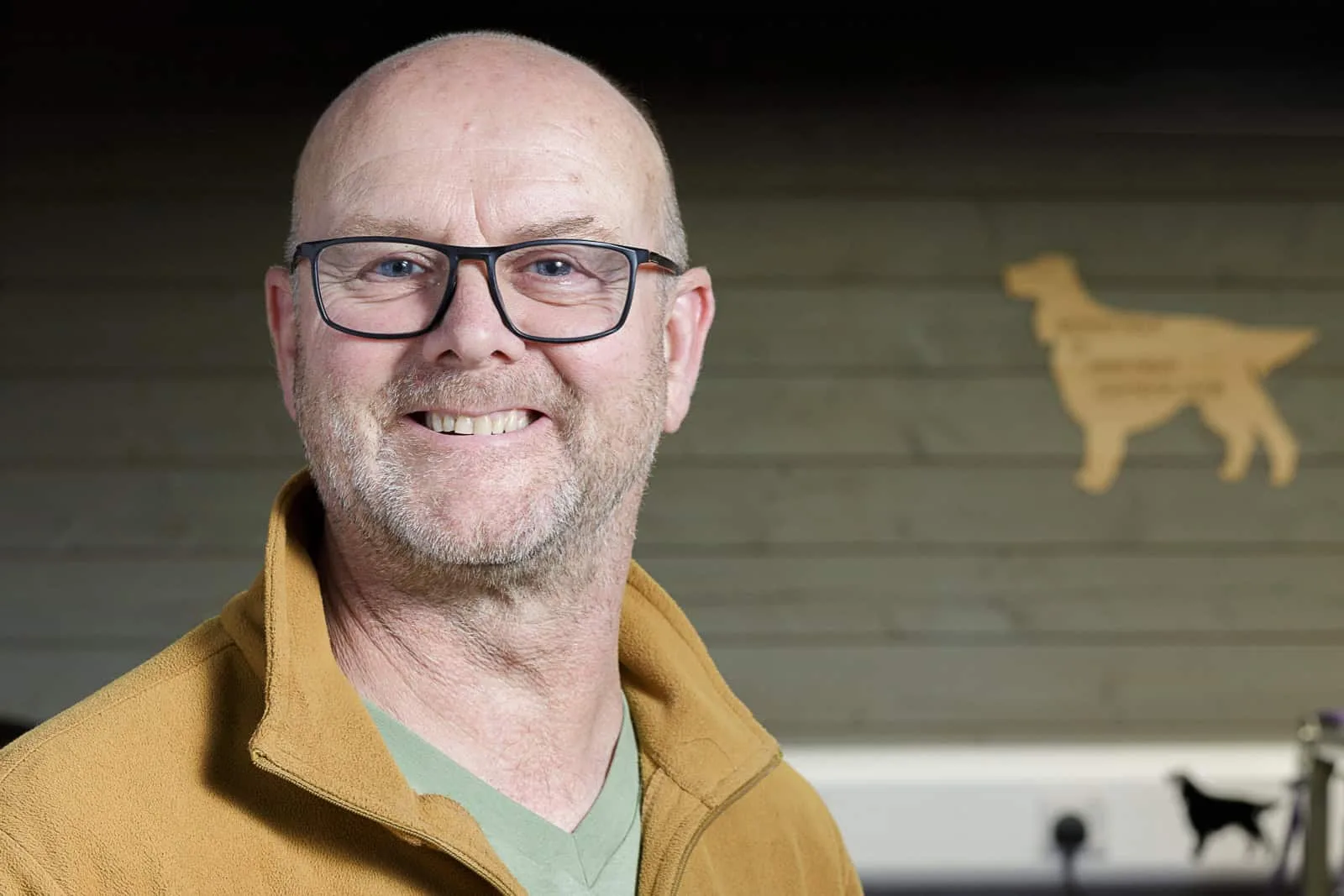In this final part of Keith’s story, we explore the challenges and highlights of being…
The nuts and bolts of Meccano – part 4
4.
The nuts and bolts of Meccano – part 4
And here it is, the final part of the Meccano crane builder saga. Peter’s long-term interest in Meccano, over sixty years and counting, doesn’t look like abating any time soon. Despite the many changes in style and marketing since it’s inception, Peter has stayed the course and made some good friends along the way.

JOIN THE DOTS
You’ve obviously had connections with lots of interesting people through Meccano?
Definitely, I got to know a former BR Civil Engineer, Peter Tatlow, at Milford-on-sea. He designed bridges and was involved in the construction of them. His hobby is railways, and he’s written lots of books about big disasters on the railways, also a two-volume work on railway breakdown cranes of England. I was lucky enough to be invited along to the publication launch of both the breakdown books, where I showed my models of the type of cranes that were featured in the books.
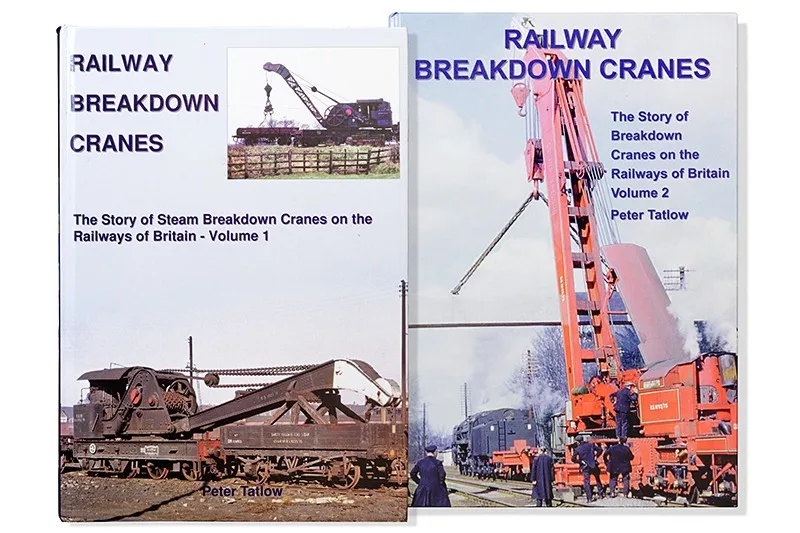
What’s your process for building a model?
Whether it’s a specific request, suggestion, or something that I fancy building, it nearly always starts life as a reference photograph, illustration or drawing of the original machinery. Nowadays, I will be given, or seek out the associated engineering diagram. Because of their size, often quite large, it’s not practical to transport the finished model as one piece, so I work out logical subunits to build.
What are the limitations on what you build? Work area, storage?
Neither of those, it’s being able to transport the finished model from A to B. The design has to break down into manageable sections that will fit into the car [laughs]
Do you work to a specific scale?
Normally 1/2 inch to the foot, but I have been known to work 1/4 and 1 inch to the foot. The reason for 1/2 inch is that Meccano’s holes are 1/2 inch apart. I do adjust things slightly, but I’ve found that using that scale gives me enough accuracy for pretty much all the models that I build. Using a simple drawing program on the computer, I can map boxes to known dimensions on the original drawings to give me a scale to work to. I’ll then adjust the drawing so I can print them out with reference measurements, and create a spreadsheet with all the parts and associated sizes.
How long does it take to build a model?
Nowadays, on average, it’s around three or four months. In the old days, it would often take a year or two because I only had the weekends to work on them. Now when I go out to the garage, it’s usually from about 12:00 to 15:00 or something like that. Oh, and these days, I add all the ‘pretty pretties’, such as safety fences and suchlike. Although I don’t put people on them, some modelers do, but I don’t.
Anything else that’s not ‘old school’?
I have been known to build radio controlled models and, even though I might build a steam model, it will have an electric motor hidden somewhere.
Heresy!
[Laughs] – but all the gearing will be as per the steam design.
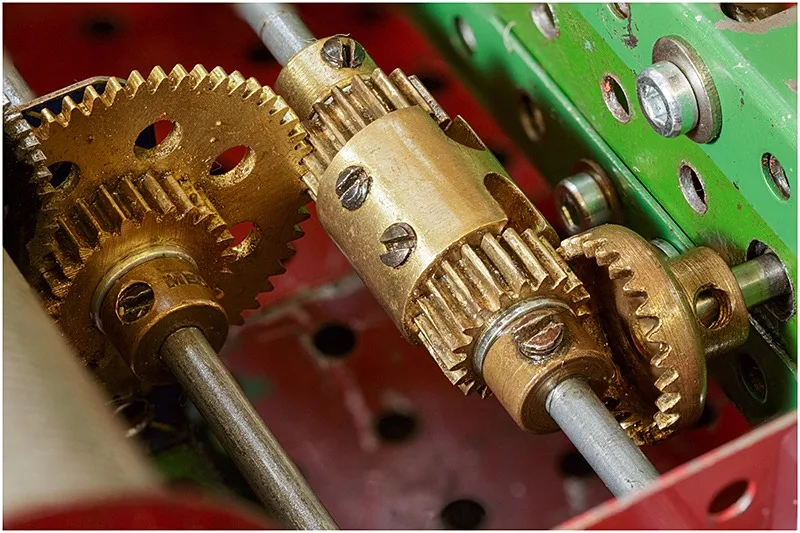
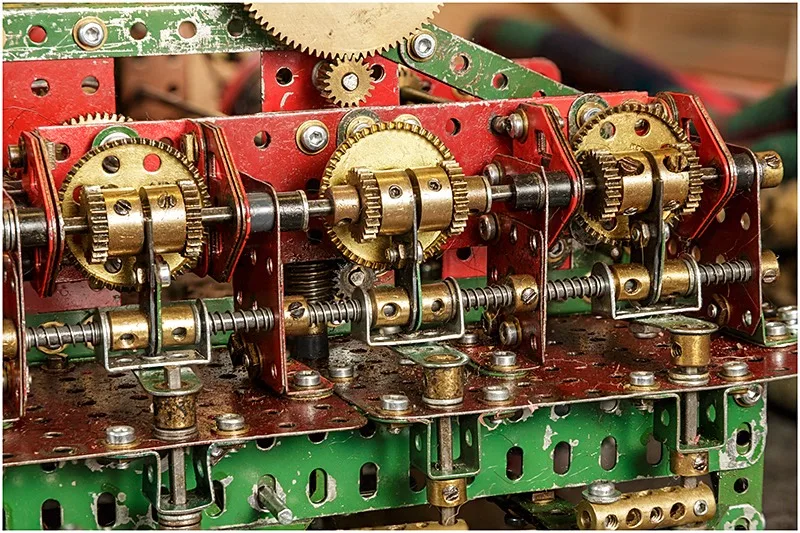
HELPING HAND
Are there any occasions when you can’t find, or don’t have the part that you need?
It’s not a frequent occurrence, but it’s good to know that people are willing to help out. One of the members of the Solent Club, Ian Lever, is also a machinist, astronomer, electrician and woodworker turner! If he is trying to build a particular model, and can’t find a matching part for what he needs, he will make his own. His skills and attention to detail are exemplary, and he’s made missing or replacement parts for himself and other members on numerous occasions.
Good grief, that’s a serious hobbyist.
[Laughs] I was struggling with a particular problem on the gearing for the current model that I’m building, The Manchester Ship Canal lock gate shifter. After looking at the plans and reference photographs, Ian fashioned a solution from piano wire and homemade replica Meccano parts for me.
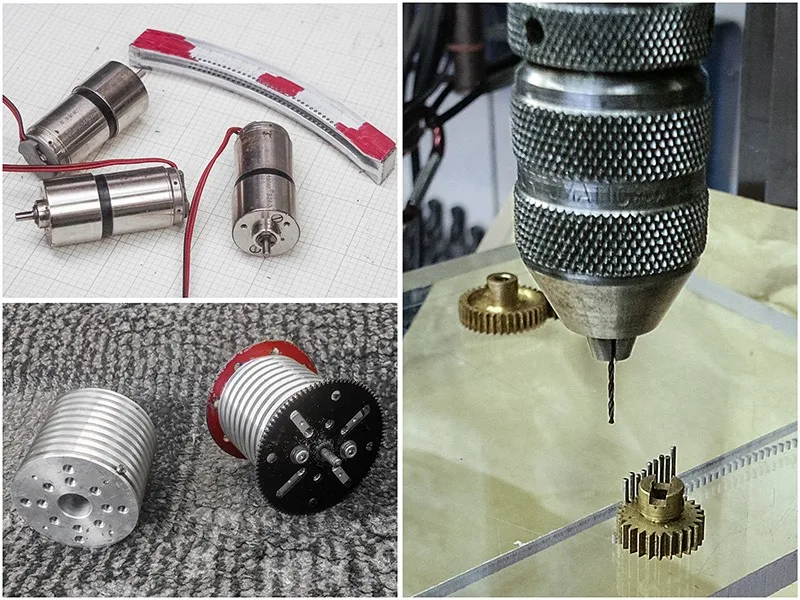
Ian Lever’s contribution to Peter’s Gate Lifting Crane model [Images © Ian Lever]
Ian’s made several things for me, over the years [see examples]. I phoned him up one day and said “Ian, I need a clutched worm” [see reference]. He said “send me a drawing of what you need,” By the time that I had returned to inside the house at about 3pm, there in my email inbox was a photograph of what I had asked for. In less than a couple of hours he had designed and machined exactly what I needed with very little information!
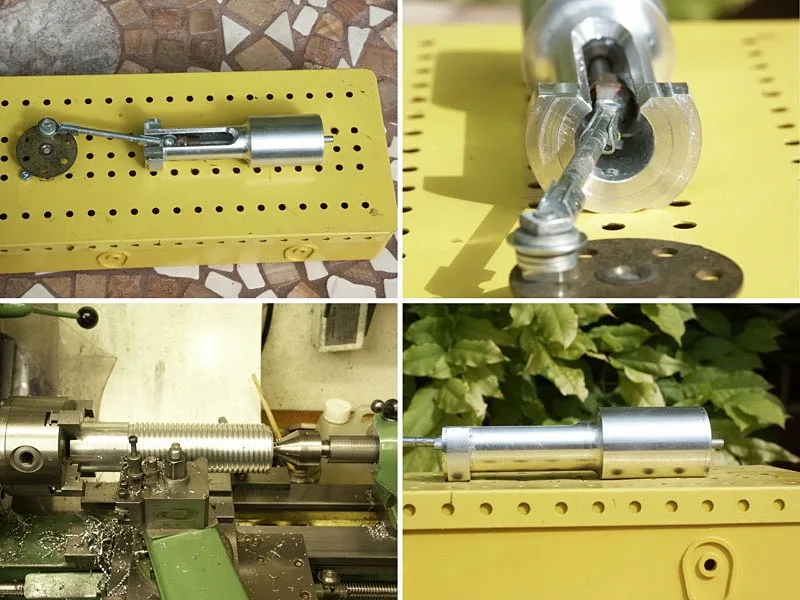
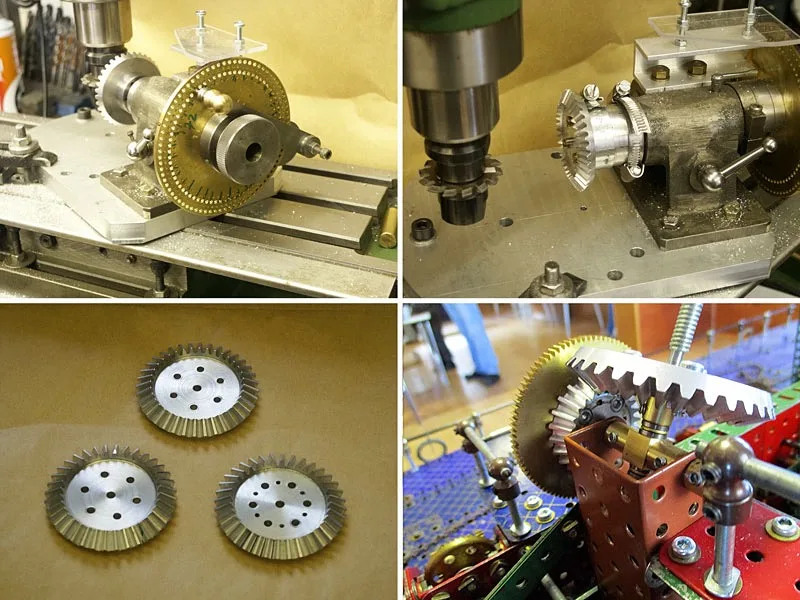
REF: Manchester ship canal
The Manchester Ship Canal is a 36-mile-long (58 km) inland waterway in the North West of England linking Manchester to the Irish Sea. Construction began in 1887; it took six years and cost £15 million (equivalent to about £1.65 billion in 2011). When the ship canal opened in January 1894 it was the largest river navigation canal in the world.
The Manchester Ship Canal is a 36-mile-long (58 km) inland waterway in the North West of England linking Manchester to the Irish Sea. Construction began in 1887; it took six years and cost £15 million (equivalent to about £1.65 billion in 2011). When the ship canal opened in January 1894 it was the largest river navigation canal in the world.
Ian loves a challenge and most Meccano builders are of a similar mind set.
Would these parts been available originally?
Probably not, but if Frank Hornby had still be alive he probably would have made them.
PURISTS
I was just wondering if there are any, shall we say, purists who insist on only using original Meccano parts?
Oh definitely! There are people who will only build models from parts that were available before Frank Hornby died in 1936. Model builders who won’t build with Meccano that didn’t come out of the factory in Binns Road in Liverpool, and there are those that won’t use anything other than Meccano which has been manufactured in the UK.
REF: Binns Road, Liverpool
In its heyday, Meccano also had factories in Speke and Aintree as well as manufacturing bases in Argentina, France, Germany, the USA and Spain. By the 1960s rival plastic construction toys – cheaper, and with a wider and younger appeal – were carving huge chunks out of Meccano’s market, while Meccano itself proved slow to adapt to the new challenge. In 1979 Meccano’s factory at Binns Road in Liverpool closed its doors for the last time, and the company was bought by a French corporation to be relaunched as Meccano SA, based in Calais.
In its heyday, Meccano also had factories in Speke and Aintree as well as manufacturing bases in Argentina, France, Germany, the USA and Spain. By the 1960s rival plastic construction toys – cheaper, and with a wider and younger appeal – were carving huge chunks out of Meccano’s market, while Meccano itself proved slow to adapt to the new challenge. In 1979 Meccano’s factory at Binns Road in Liverpool closed its doors for the last time, and the company was bought by a French corporation to be relaunched as Meccano SA, based in Calais.
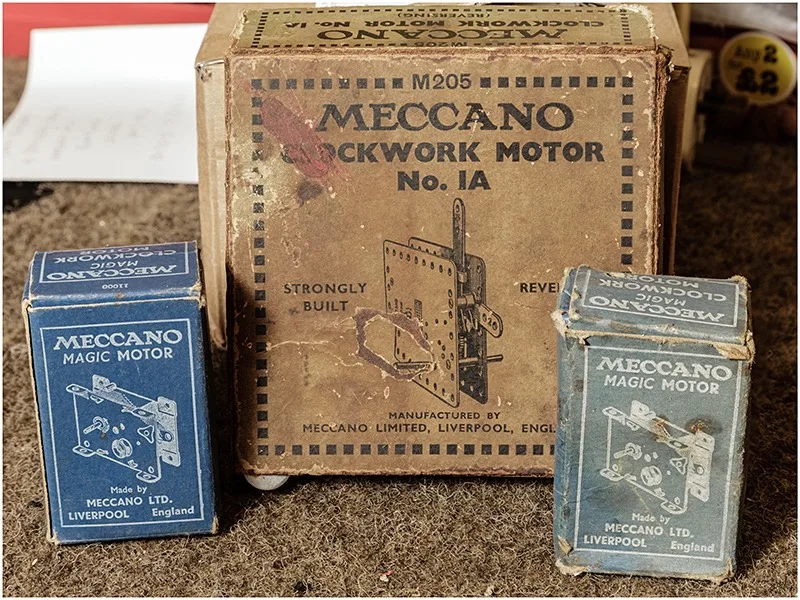
Are the clubs that you belong to strict about what can be used?
Well, as I said, you get different degrees of purists. When I first went to WLMS, one of the members insisted on everything being 100% Meccano. He would come and look at my model and sort of grunt [laughs]. To be fair, he wouldn’t mark you down for it, but it didn’t conform to his idea of what Meccano is about. Each to their own, I say. If I can build something that is at least 90% Meccano, then I’m happy. For me, it’s about being able to see what is going on from an engineering point of view. That’s just not possible using only Meccano, so I compromise here and there, where necessary.
Are you restricted by any competition rules because of your approach?
No, it’s up to the judges really, unless the competition rules specifically state that only Meccano should be used. There was one instance recently, where one of the clubs that’s been going 35 years, had a competition where you had to build something using only 35 pieces of Meccano. So in that example, clearly, the rules should be adhered to. But I do not enter club challenge competitions anyway, [I do enter my models for Annual Club Shields etc.], so it wouldn’t really affect me.


You don’t seem to be concerned about the quality of the Meccano pieces that you use?
I’m not one of these people who wants to have immaculate Meccano. Some builders want it in pristine condition, or as near as, so they will clean it and repaint it to keep it at the level. I don’t, I want it to build with it.
In fact, the first time that I showed a model at the Skegness show, back in 2007, a barge crane based on one I’d been granted access to at the former RAF base at Hythe, I won the fourth prize. The reason that I mention this is that there was a comment made in a local magazine, ‘it’s very nice to see a first time visitor winning the fourth prize with used, not MNB Meccano’ [MNB – Mint no box]. I was quite pleased with that comment.
REF: Skegex
The UK’s biggest Meccano model exhibition, held every year and staged over three days. For well over thirty years, people from all over the world have been trekking to Skegness in Lincolnshire each summer, to attend what has long been the country’s biggest exhibition of Meccano models.
The UK’s biggest Meccano model exhibition, held every year and staged over three days. For well over thirty years, people from all over the world have been trekking to Skegness in Lincolnshire each summer, to attend what has long been the country’s biggest exhibition of Meccano models.

FAVOURITES
Do you have a favourite subset of the block setting cranes?
That’s a tough question. One of my favorites would be the first railway breakdown crane that I built, the first block setter that could drive itself, rotate and carry 60 tonnes. It was designed by three Scotsmen overnight in Dunedin.
If somebody held a gun to your head and said “you can only make one more model” what would it be?
I don’t really know at the moment. I still have about four months work to complete on the current model. I was challenged by a guy in Belgium to build it in Meccano. He’s building it in Trix [a competitor to Meccano]
REF: Trix
The Tri-X or Trix construction kits took a different approach to Meccano. Strips were wider, and had three sets of staggered holes, and could be used either as supports or as small plates. This meant that although Trix parts were more complex, the wider range of uses for each part meant that the sets could be simpler, with a much smaller number of separate parts. The multifunctional nature of the parts also meant that fewer of the set’s parts were “wasted” when building a model, which in turn meant that the system could get away with having sets that included fewer pieces.
The Tri-X or Trix construction kits took a different approach to Meccano. Strips were wider, and had three sets of staggered holes, and could be used either as supports or as small plates. This meant that although Trix parts were more complex, the wider range of uses for each part meant that the sets could be simpler, with a much smaller number of separate parts. The multifunctional nature of the parts also meant that fewer of the set’s parts were “wasted” when building a model, which in turn meant that the system could get away with having sets that included fewer pieces.

Who decides who the winner is, and what’s the prize, if any?
If it is a Challenge, then it could be a Bottle of Wine – If it is an Annual Cup or Shield, then it is a Certificate; the Cup/Shield for a Year, and maybe a little cup as a reminder. Some of the Bigger Exhibitions, like Skegness, where the competition is more “worldwide”, there could be a financial reward as well!
Do you have a list of future projects at all?
Not really, it’s whatever takes my fancy at the time.
YE OLDE SKOOL
You must have seen quite a change over all the years that you’ve been building models?
There have been design changes, as you would expect, but they still have the same pieces with 1/2 inch spaced holes and the same 5/32 inch bolts at the heart of the system. You don’t get as much brass now, and the old ‘cheesehead’ bolts have been replaced with allen key heads but they have the same thread and diameter as they’ve always had.



Yes, you can no longer buy a set ‘0’ and know that you can progress upwards. Nowadays you buy specific sets for particular types of model. It might be for one model helicopter or for different types of helicopter. But that won’t enable you to build a crane for example.
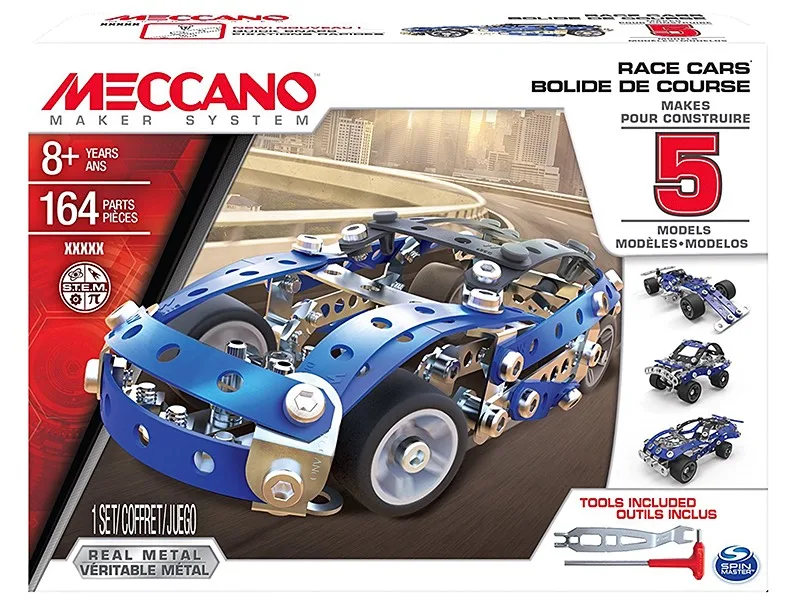
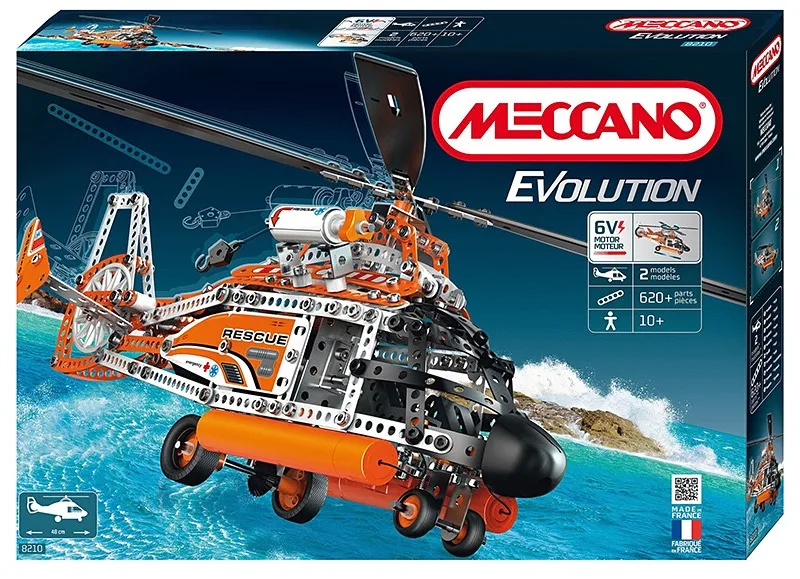
It’s a shrinking group of people now, because it’s mainly the ‘old and the bold’. We all communicate via the ‘Spanner’ list server network’, which is run by a chap called Anthony Burkitt in Australia. It’s ‘old school’ technology by today’s social media standards, with restrictions on the size of messages limited to 150kb, but it can be viewed on any computer, phone or tablet, no matter what operating system you are using.

REF: List Server
A list server (mailing list server) is a program that handles subscription requests for a mailing list and distributes new messages, newsletters, or other postings from the list’s members to the entire list of subscribers as they occur or are scheduled.
A list server (mailing list server) is a program that handles subscription requests for a mailing list and distributes new messages, newsletters, or other postings from the list’s members to the entire list of subscribers as they occur or are scheduled.
It’s a shrinking group of people now, because it’s mainly the ‘old and the bold


[Pssst, don’t tell the others, but this is Peter’s favourite]
Signing off
So there you have it. It’s been quite a journey. If your interest in Meccano and the associated community has been whetted, I’m sure there will be a club local to where you live. Meccano is recognised around the world and the international members are a friendly bunch who are more than willing to help each other out. So don’t be shy, get in touch and feed that passion.
A special thank you to Peter and all the unsung heroes who made a contribution to this particular story.
Click here for previous parts to Peter’s story.
Part 1, Part 2, Part 3
Web Links and References of interest
Peter’s Website
http://www.historicalcranesociety.org/GoDaddy/About_Me.html
Meccano Clubs
The London Meccano clubs organisation: https://londonmeccanoclub.org.uk
West london: http://www.hsomerville.com/wlms/
Runnymede: https://runnymedemeccanoguild.org.uk
International: http://internationalmeccanomen.org.uk
North Midlands: http://www.nmmg.org.uk/index.html
Solent Meccano Club: https://sites.google.com/site/thesolentmeccanoclub/home
Holy Trinity: No website
WLMS ‘Everything’ Publications:
http://www.hsomerville.com/wlms/publications/d.html
Meccanomen Spanner network (list server)
http://www.dalefield.com/nzfmm/spanner/index.html
Peter Tatlow Books
https://goo.gl/gbcsHK
https://www.amazon.co.uk/Railway-Breakdown-Cranes-Peter-Tatlow/dp/1906419698
Weekend Passions
https://www.stevehughesphotography.co.uk/passions/



